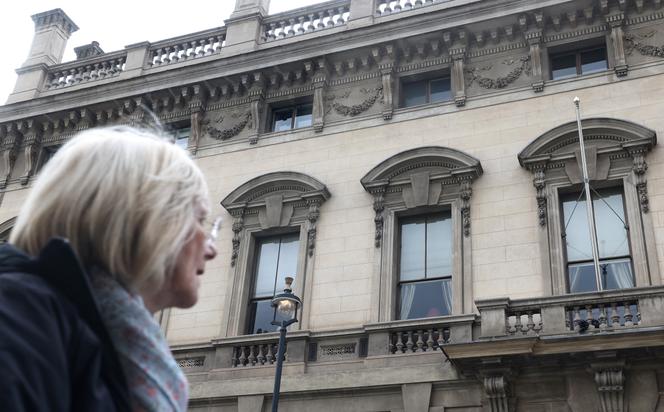

LETTER FROM LONDON

A mini-revolution is happening in the hushed world of London private clubs, purely British institutions, symbols of class and discretion. Almost 200 years after its creation, the Garrick Club, one of the last such men-only establishments in the British capital, decided on Friday, April 5, to submit to its 1,500 members the possibility of finally admitting women. The pressure had become too intense for the club, housed in a massive neoclassical building near Covent Garden, after a Guardian article in March lifted the veil on the identities of some of its members, confirming its status as one of the country's most powerful informal circles.
Among the celebrities enjoying (in exchange for an annual subscription) unlimited access to its paneled lounges, opulent dining room or superb library (with an important collection of theater scripts, playbills and paintings) are Simon Case, Downing Street's Cabinet Secretary, Sir Richard Moore, head of MI6 (the foreign intelligence service), a dozen MPs, including Minister of State Michael Gove, journalists, a Supreme Court judge, five Court of Appeal judges, eight High Court judges, dozens of members of the House of Lords, actors Brian Cox, Stephen Fry and Benedict Cumberbatch, and even King Charles III.
The Guardian article revived a controversy launched a few years ago by Emily Bendell, a lingerie entrepreneur who was one of the first women to seek to get her foot in the Garrick's door in the name of gender equality. Her membership request having been curtly rejected, she applied again and again and took legal action to make the institution bend, so far in vain. Elected representatives and senior civil servants should not belong to such circles, as gender equality is a "recognized public policy objective," said Harriet Harman MP, a former Labour minister who was responsible for drafting the 2010 Equality Act, after the Guardian article appeared.
London's first private clubs appeared in the late 17th century and quickly established themselves as essential socializing places for the British elite. Aristocrats, political scientists and artists went there to seek a reassuring social group, away from the Westminster Parliament or their family homes. Concentrated between Mayfair, to the east of Hyde Park, and the West End, the famous theater district, they all cultivate a specificity, but with one thing in common: their exclusivity. New members must be proposed and seconded by existing members and the waiting list is often years long.
You have 55.24% of this article left to read. The rest is for subscribers only.
